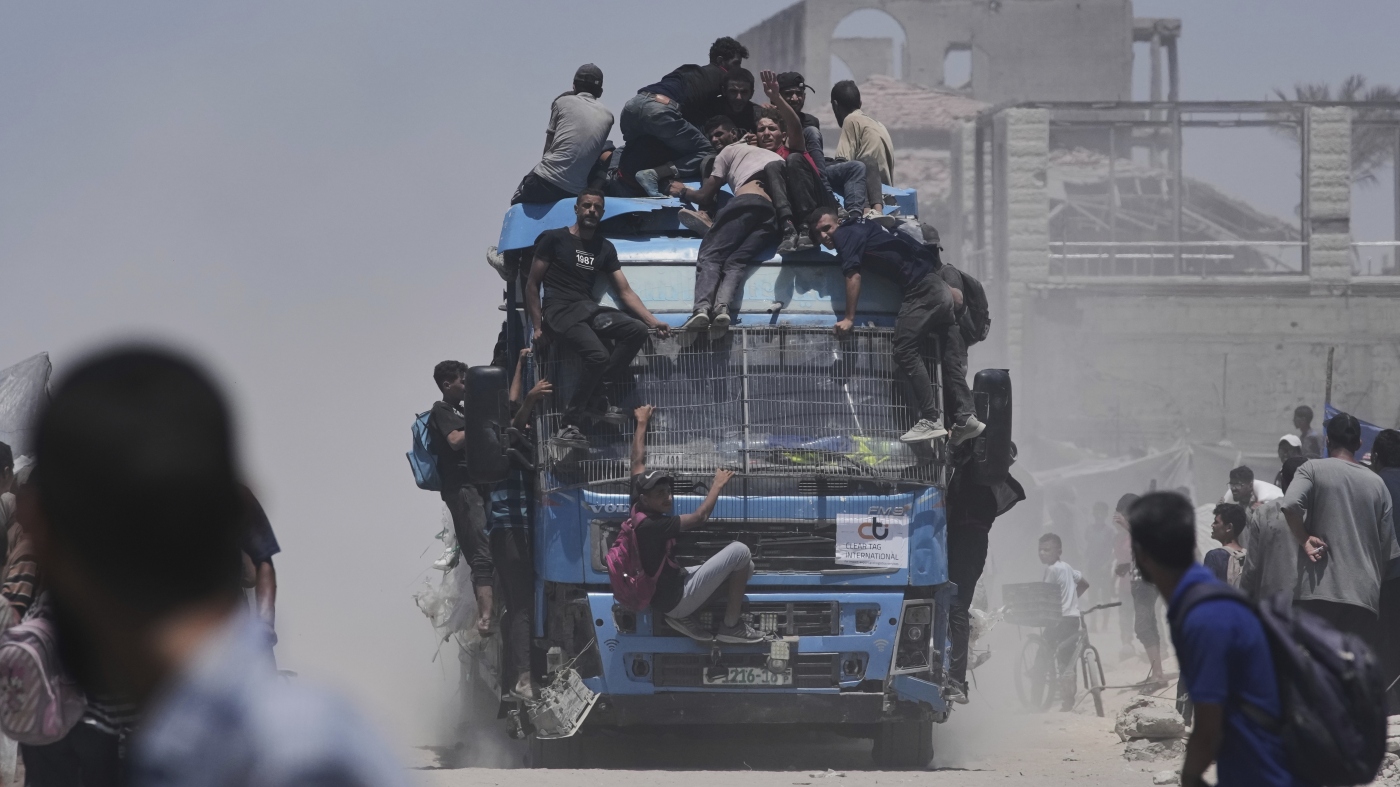The Humanitarian Crisis in Gaza: A Deep Dive into the Killing of Aid Seekers
Introduction: A Crisis of Desperation and Despair
The conflict in Gaza has reached a critical juncture, marked by a humanitarian crisis that has left civilians in a desperate struggle for survival. Beyond the immediate casualties of war, a disturbing trend has emerged: the killing of civilians seeking life-saving aid. This phenomenon underscores the dire conditions in Gaza, where access to basic necessities has become a matter of life and death. The United Nations has documented over 1,000 Palestinians killed by Israeli forces since May while attempting to access food and essential supplies. This statistic is not just a number; it represents a profound failure in the protection of civilians and the delivery of humanitarian aid.
The Humanitarian Catastrophe in Gaza
A Region on the Brink
Gaza, a densely populated strip of land, has long been plagued by restricted movement and limited access to resources. Years of blockade and recurring hostilities have weakened its infrastructure and economy, leaving a significant portion of the population dependent on humanitarian aid. The current conflict has exacerbated these pre-existing vulnerabilities, disrupting supply chains, destroying infrastructure, and displacing hundreds of thousands of people. The result is a humanitarian catastrophe characterized by widespread food insecurity, a collapsing healthcare system, and a desperate struggle for survival.
The Desperate Scramble for Aid
Reports of starvation and malnutrition are rampant, especially among children. Aid organizations have struggled to deliver sufficient assistance due to ongoing fighting, border closures, and logistical challenges. The situation has created a desperate scramble for food, making vulnerable civilians even more susceptible to harm. The killing of aid seekers is a stark reminder of the dire conditions in Gaza and the urgent need for a comprehensive approach to protect civilians and uphold international law.
The UN’s Findings: A Disturbing Pattern
A Thousand Lives Lost
The UN human rights office has documented a disturbing pattern of Israeli forces killing Palestinians as they attempt to access aid. The majority of these incidents have occurred near aid distribution sites, including those operated by the Gaza Humanitarian Foundation, an American contractor. The circumstances surrounding these killings raise serious questions about the rules of engagement, the protection of civilians, and the proportionality of force.
Key Concerns
The UN’s findings highlight several key concerns:
Contested Narratives and Conflicting Accounts
Diverging Perspectives
While the UN has presented compelling evidence of the killings, the Israeli military has offered differing accounts. In some cases, they have claimed that their forces were responding to threats or attacks. In other instances, they have attributed the deaths to stampedes or other accidental causes. These conflicting narratives underscore the need for independent investigations to establish the facts and determine the truth.
The Complexities of Conflict Zones
It is essential to acknowledge the complexities of operating in a conflict zone. Maintaining order and security at aid distribution sites can be challenging, and there is a risk of infiltration by armed groups. However, the use of lethal force must always be proportionate and discriminate, with utmost care taken to avoid harming civilians.
The Legal and Ethical Implications
International Humanitarian Law
The killing of aid seekers raises serious legal and ethical questions under international humanitarian law. This body of law, also known as the law of armed conflict, seeks to minimize human suffering in times of war. Key principles include:
War Crimes and Accountability
The intentional targeting of civilians is a war crime. Even if civilians are not directly targeted, the use of indiscriminate or disproportionate force that results in civilian casualties may also constitute a violation of international law. The killing of aid seekers in Gaza underscores the urgent need for accountability and the protection of civilians in armed conflict.
The Role of the International Community
Demanding Accountability
The international community has a responsibility to protect civilians in armed conflict and to ensure that international humanitarian law is respected. This responsibility includes:
The Way Forward: Towards Protection and Accountability
Strengthening Protection Measures
The tragic killing of aid seekers in Gaza underscores the urgent need for a comprehensive approach to protect civilians and uphold international law. This approach must include:
Conclusion: A Call for Humanity
The killing of aid seekers in Gaza is a stain on our collective conscience. It is a stark reminder of the human cost of conflict and the importance of upholding international law. We must not stand idly by while civilians are killed as they struggle to survive. The international community must act decisively to protect civilians, demand accountability, and work towards a lasting resolution of the conflict. Only then can we hope to prevent future tragedies and build a more just and peaceful future for all.
Beyond the Numbers: Remembering the Human Cost
It is easy to get lost in statistics and lose sight of the human stories behind them. Each of the 1,000+ aid seekers killed in Gaza was an individual with a family, a dream, and a right to life. They were mothers, fathers, sons, and daughters who were simply trying to feed themselves and their loved ones. Their deaths are a profound loss, not only for their families but for all of humanity. We must remember their stories and honor their memory by working to prevent such tragedies from happening again. Their deaths cannot be in vain.

